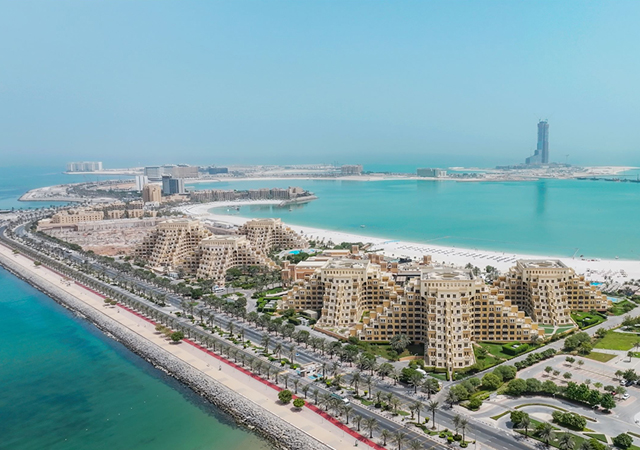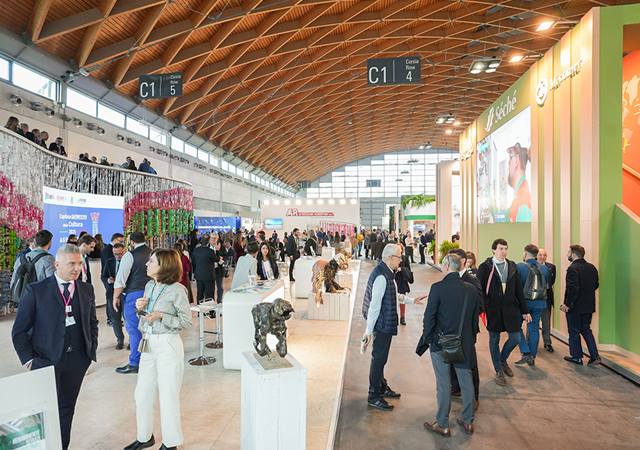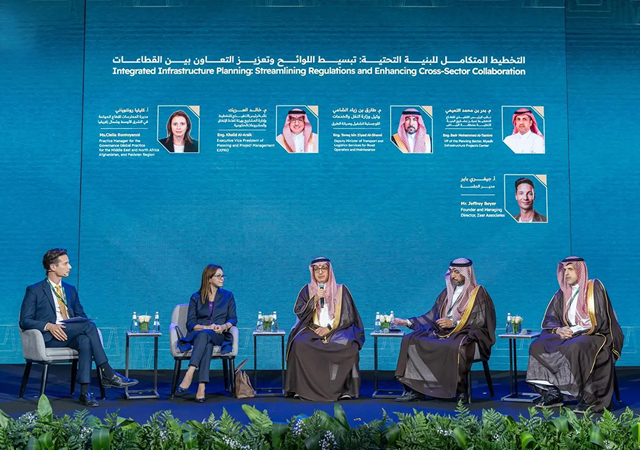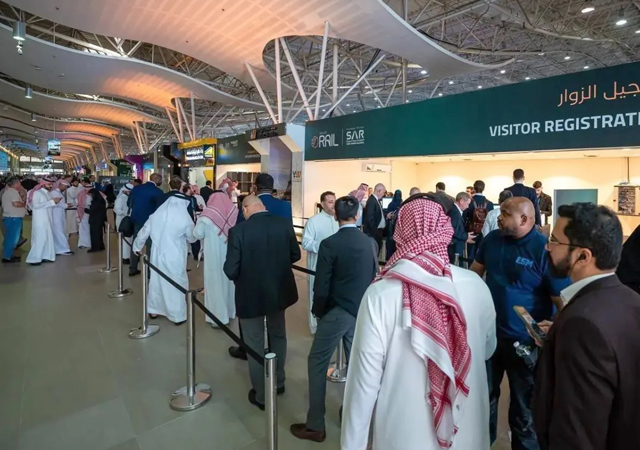
 Jamrat Bridge ... a Doka project.
Jamrat Bridge ... a Doka project.
Formwork from Doka is enabling the rapid construction of a complex multi-level bridge designed to provide safe access for millions of pilgrims taking part in a key Islamic ritual in the Saudi Arabian city of Mina.
The project involves rebuilding of the Jamrat Bridge. The bridge provides access for pilgrims to throw stones at three pillars – each known as a jamrah – in a ritual that symbolises the stoning of the devil. It is part of the annual Islamic Hajj pilgrimage to nearby Makkah.
Vast crowd numbers made overcrowding a constant problem, with many people trying to reach the same spots simultaneously. Various solutions had been tried including the construction of a single-deck bridge. Replacing this with the multi-storey bridge now under construction will greatly increase capacity and improve safety.
Work began in January 2006 and completion is due in October 2008. Contractor Saudi Binladin Group is casting some 450,000 cu m of concrete to create the elaborate bridge structure. Construction is proceeding apace, with the first deck already complete and a forest of heavily-reinforced concrete columns rising steadily to support the upper levels. Doka formwork can be seen everywhere, forming all aspects of the concrete from column walls to the main decks.
Driving the structure’s design was the need for pilgrims to be able to move more easily past each jamrah. Thanks to the new multi-storey design, they will be able to throw their stones from any of the structure’s four levels, providing enormous benefits in terms of increased capacity and safer access.
The key element of the structure is a 600 m-long four-storey main bridge, supported on closely-spaced substantial cast-in-situ concrete columns. The layout is complex with some 3.5 km of elevated access ramps and walkways being built as part of a one-way system designed to guide pilgrims efficiently to the focal areas from multiple entry points around the valley’s sides. Staircases, escalators and lifts provide additional routes between the levels, which also include basement and ground floor areas. The new design will ensure optimum efficiency of circulation between the various parts of the site, while filtering people towards the pillars that are central to their visit, says a spokesman for Doka.
Each of the main decks is pierced by circular openings, to create four-storey open cylinders around the three pillars. This will funnel stones thrown from any level towards the targets.
All the cast-in-situ elements are being formed using Doka systems. This includes entry and exit ramps, interchanges between levels, decks, beams, columns, lift and stairwells and several tower-mounted helipads. These have a particularly complex design, made from elegant flared concrete fins supporting the landing areas.
Creating the bridge’s wide range of structural shapes requires extensive formwork from many different Doka systems including Top 50 large area formwork, whose ease of assembly makes it suitable for the volume of work involved and the speed needed. Two types of framed formwork are also in use. Frameco, which enables short framing times, can form wall heights of up to 3m – or higher when stacked and given addition support. Frami small panel formwork is used for smaller areas as it enables fast and economical forming.
“The proven Doka 150F climbing formwork provides an economical and speedy solution for the many columns. The modular system can be quickly repositioned, keeping crane usage the minimum. It is used with Doka folding bracket K, enabling the platform and formwork to be lifted together,” says the spokesman.
Extensive quantities of Doka’s D2 supporting scaffold are also in use throughout the site.
“The project was particularly challenging because of the short delivery time required for such a huge quantity of formwork,” explains Doka’s Waell Bulbul and Mohammed Haneefa. “But we succeeded in meeting the demanding timescale. We produced all of the shop and assembly drawings in just one-and-a half months and took less than three months to deliver all the formwork needed to cast almost half a million cu m of concrete.”



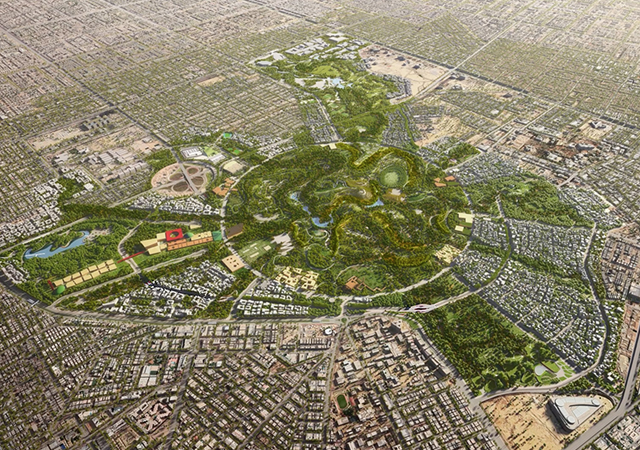
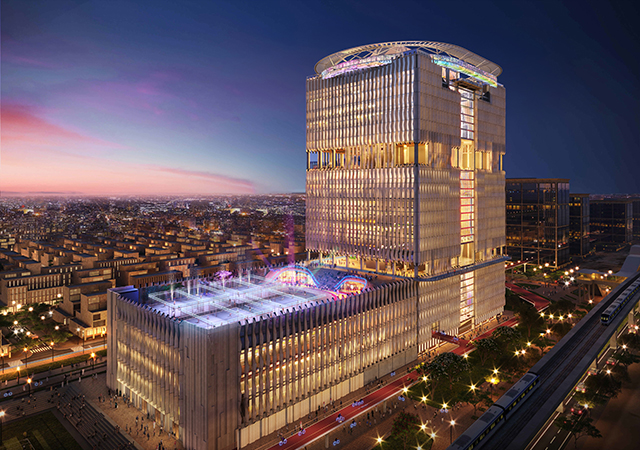
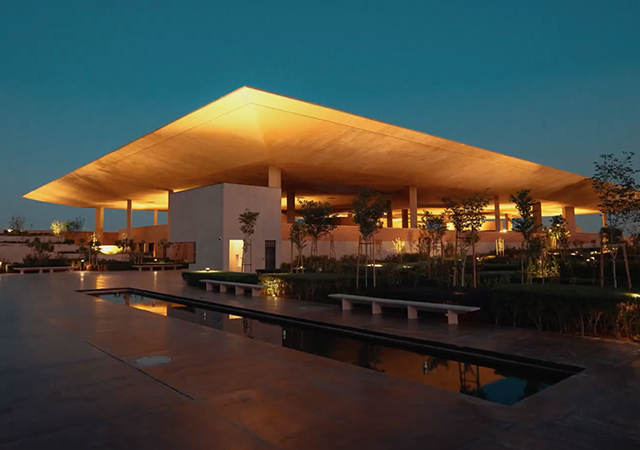
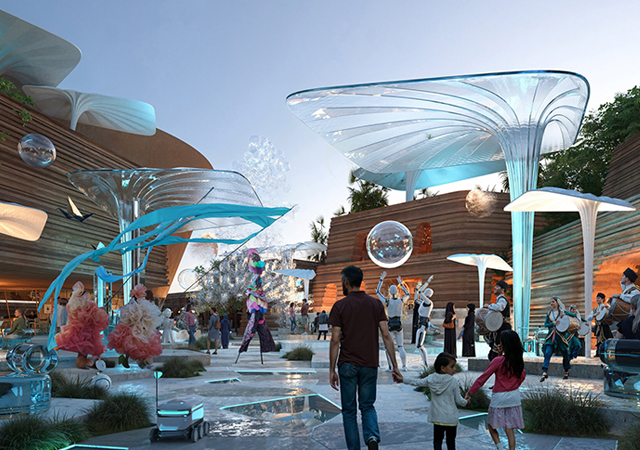

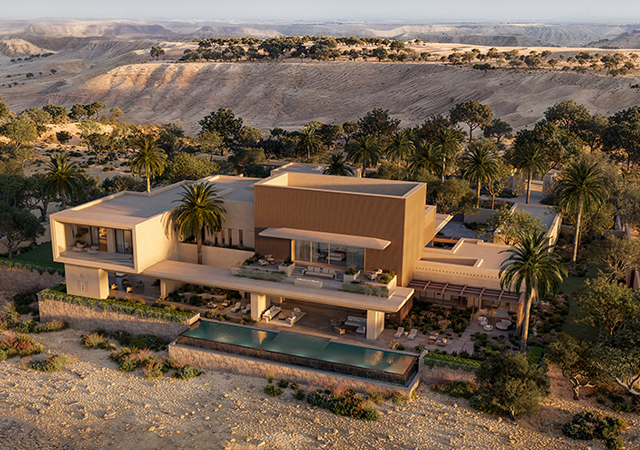
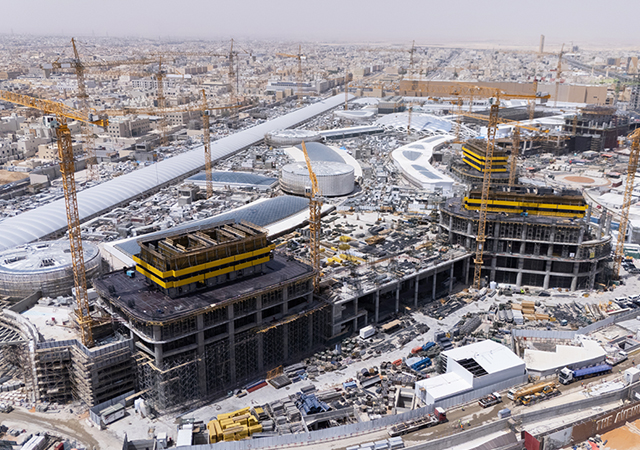
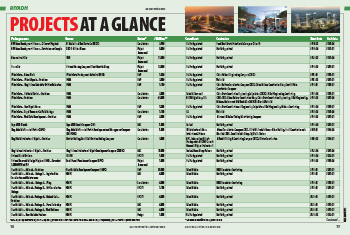

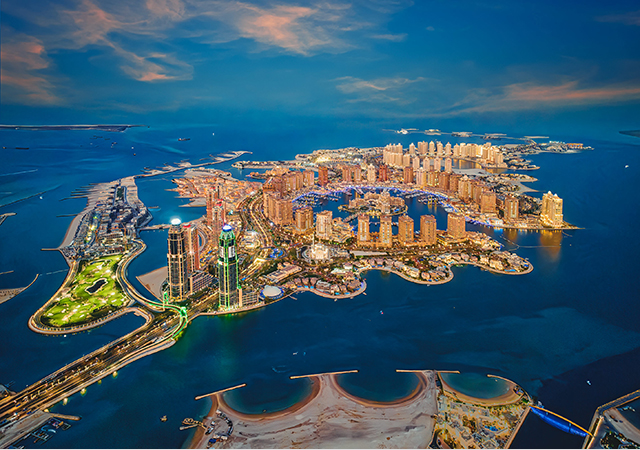
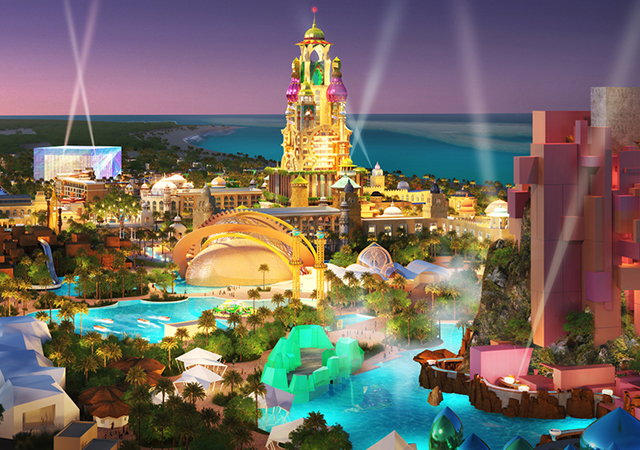

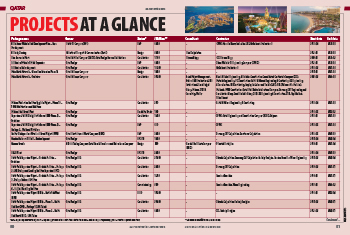
.jpg)
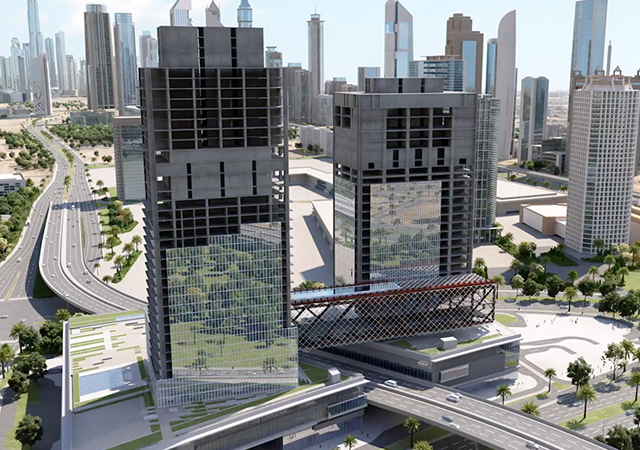
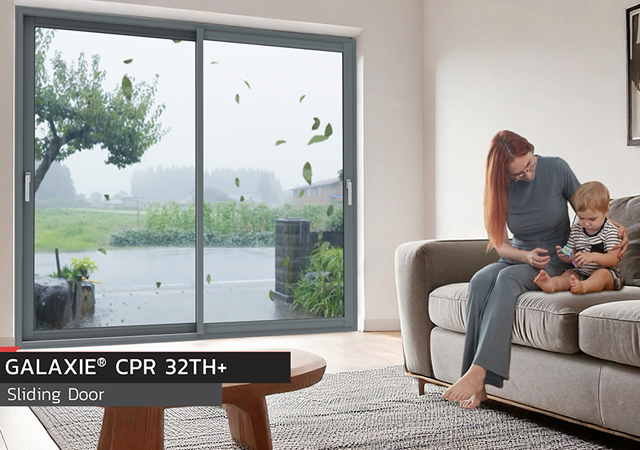
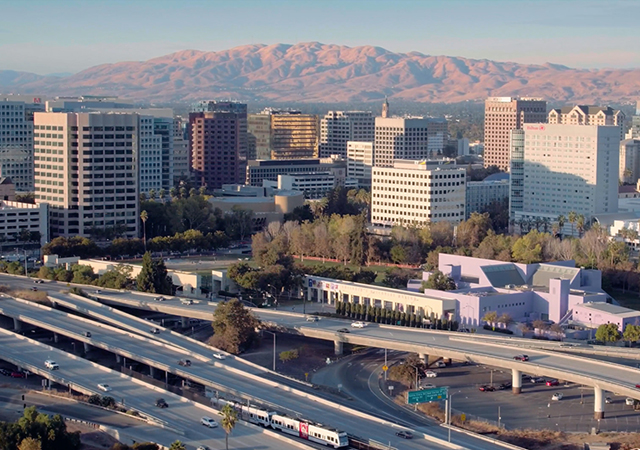


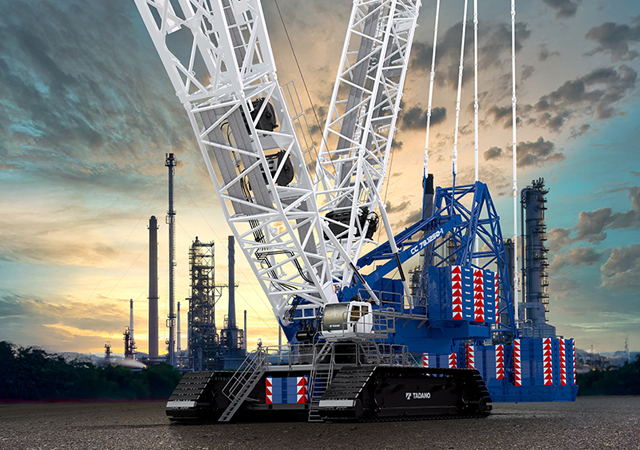
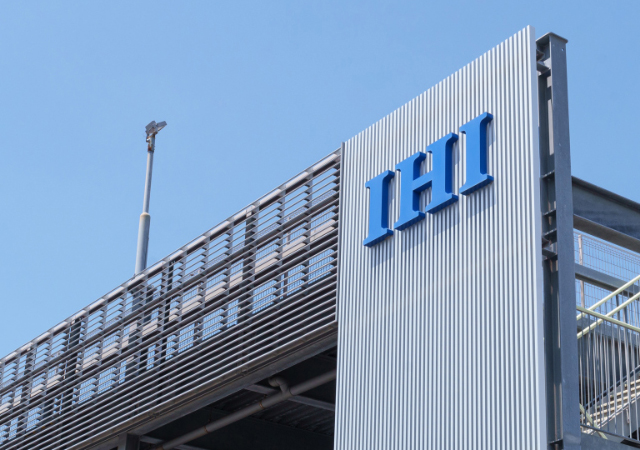
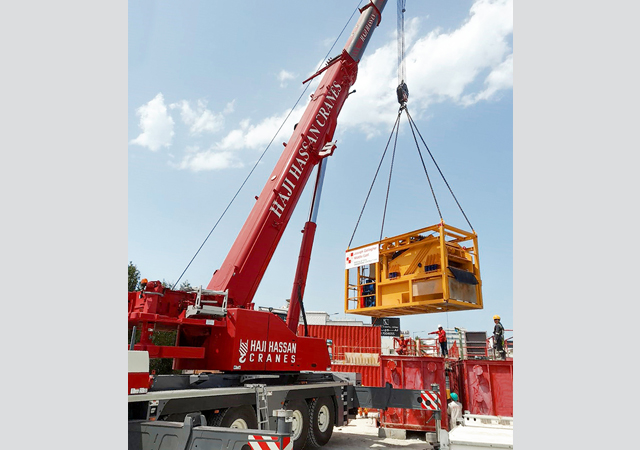
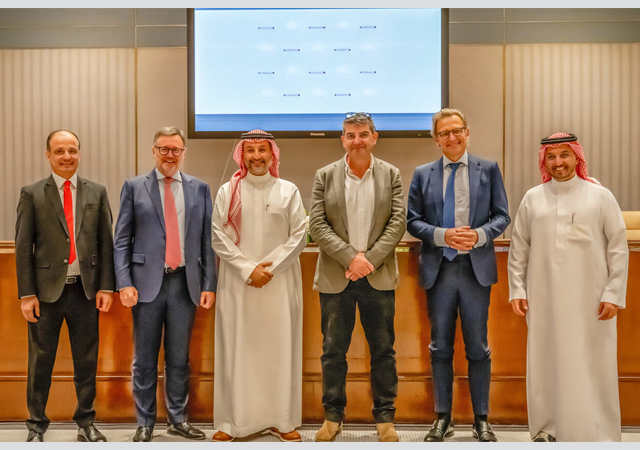

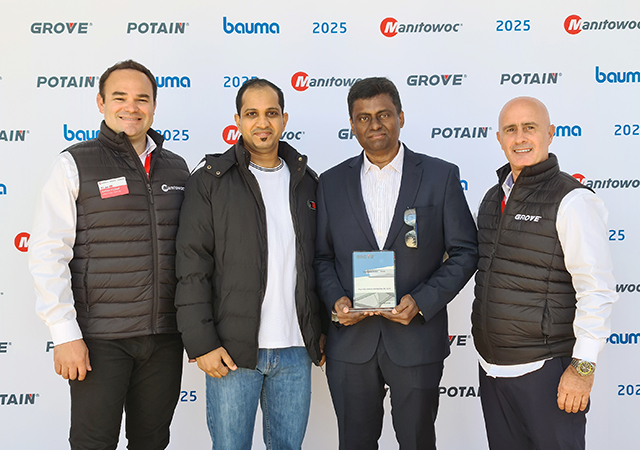

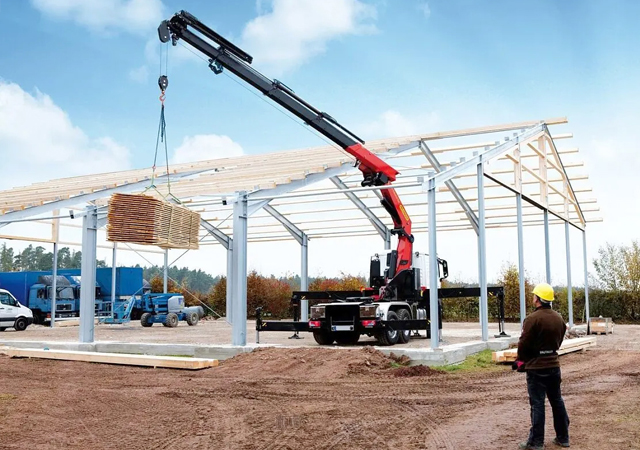
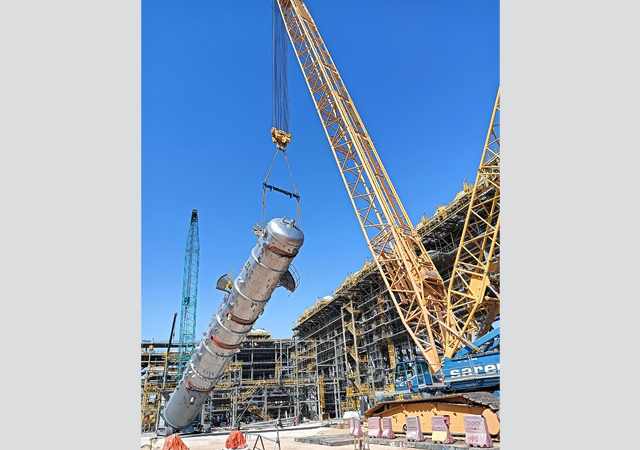
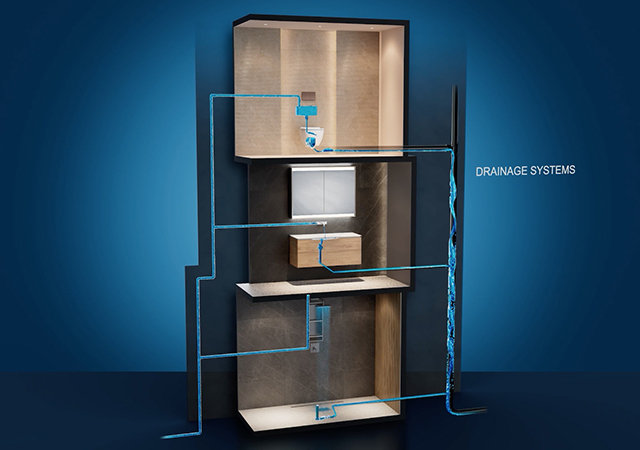
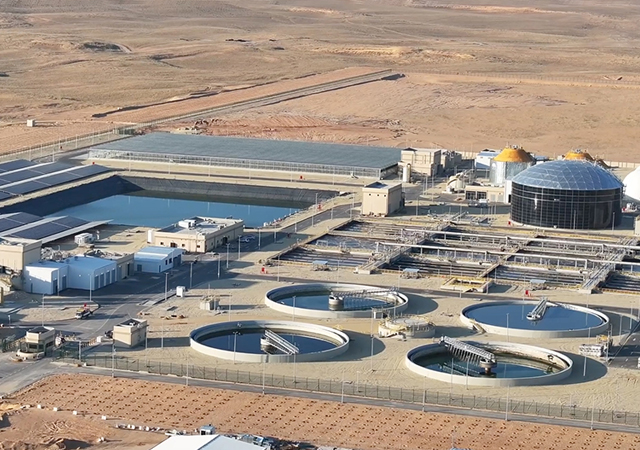

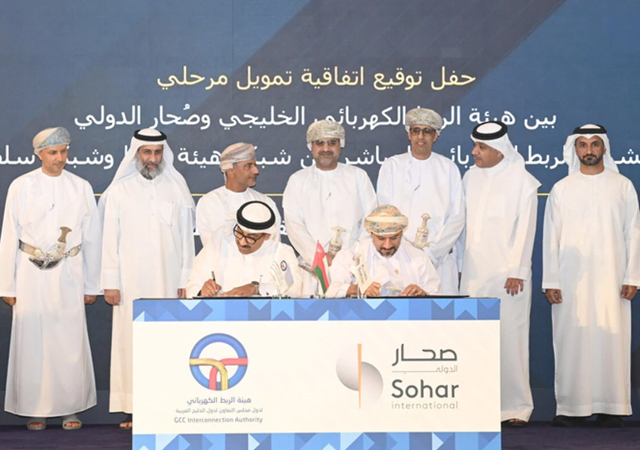
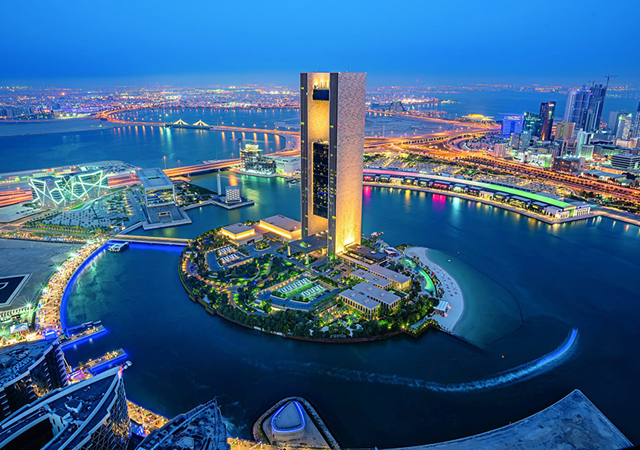
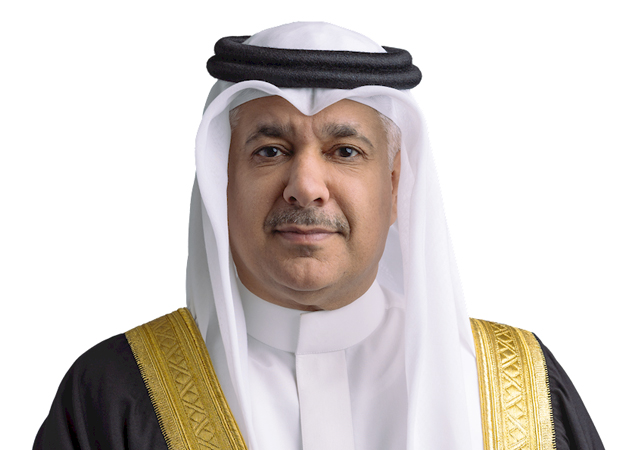
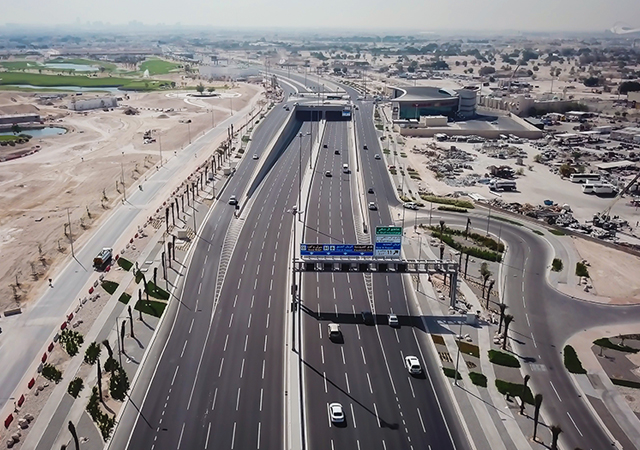

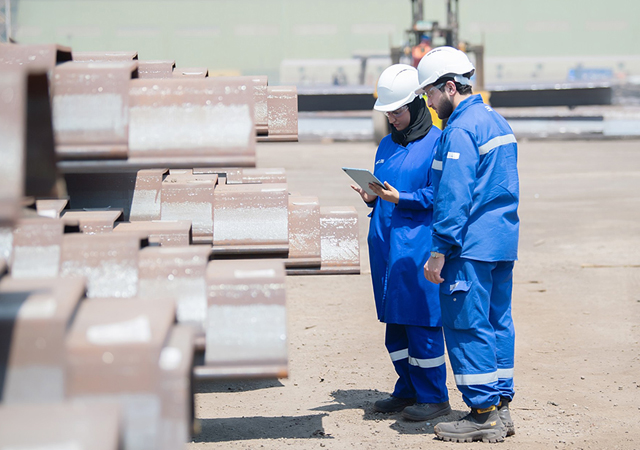
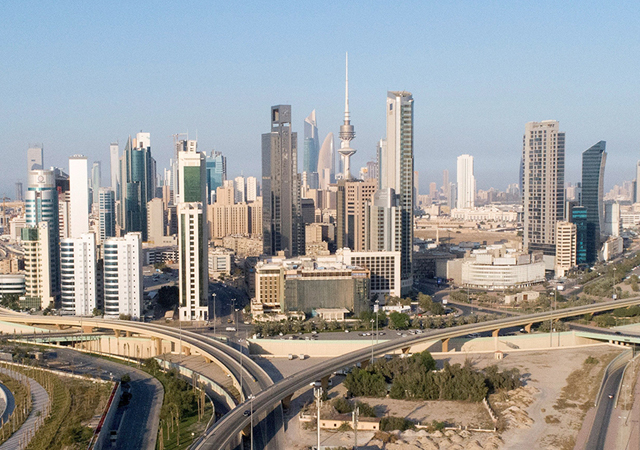
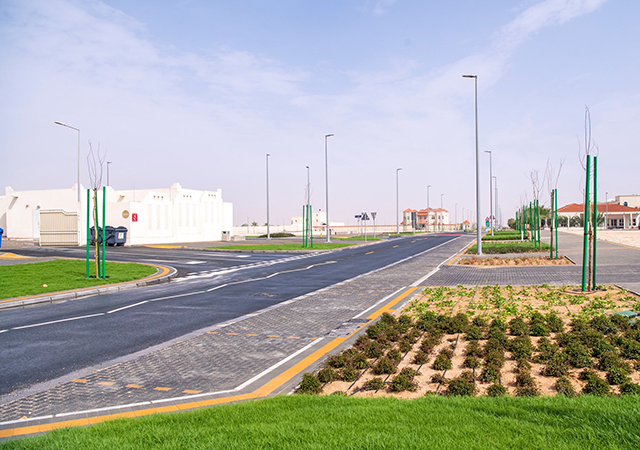
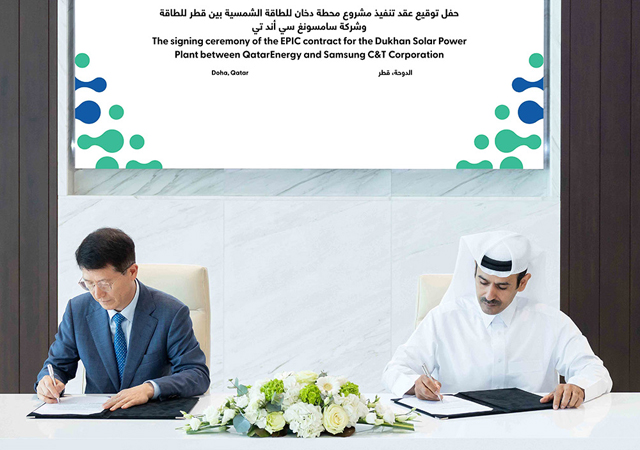
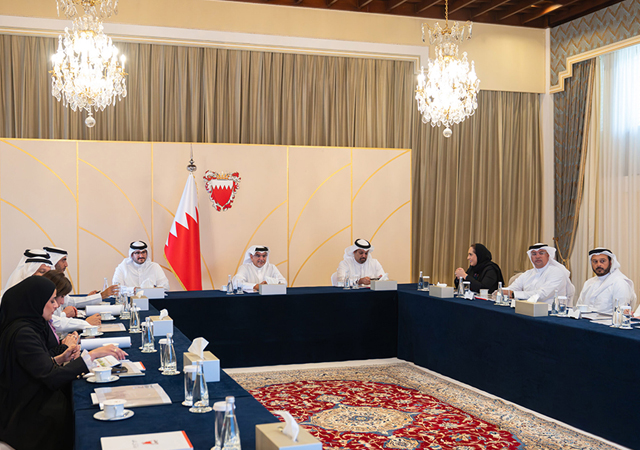

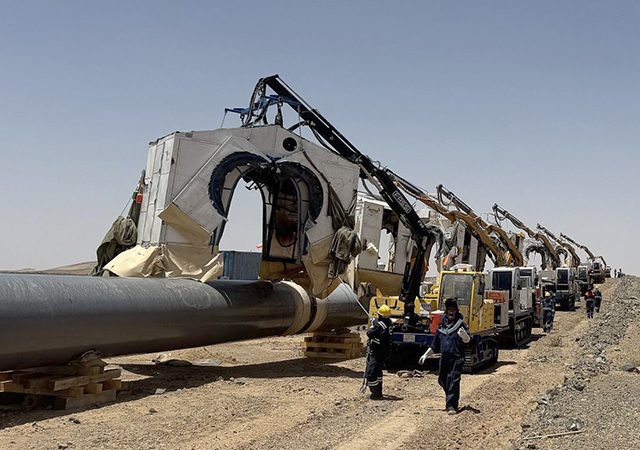
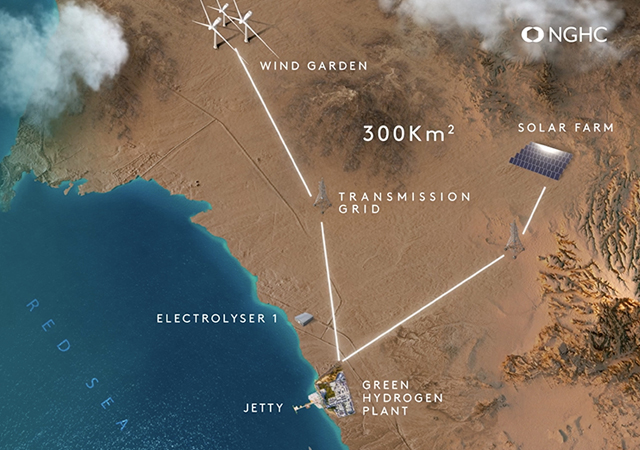
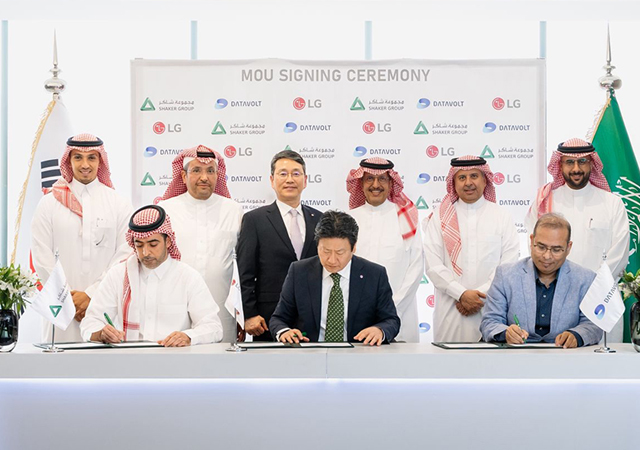
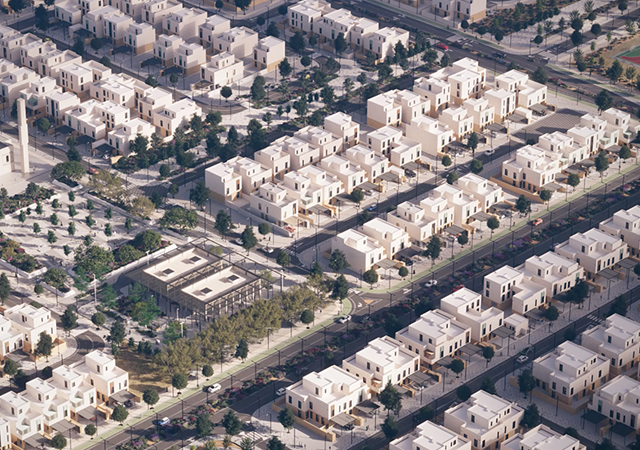
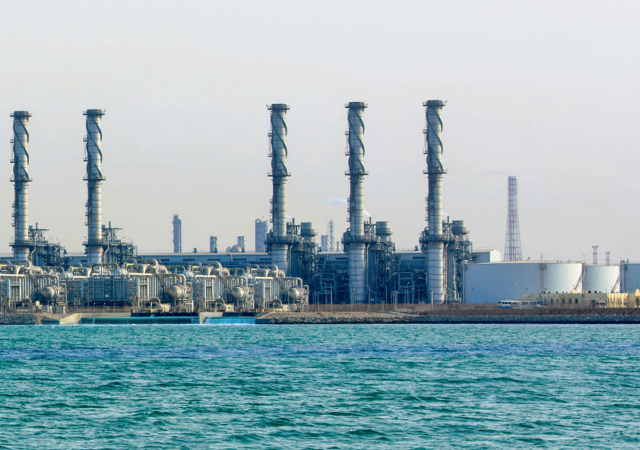
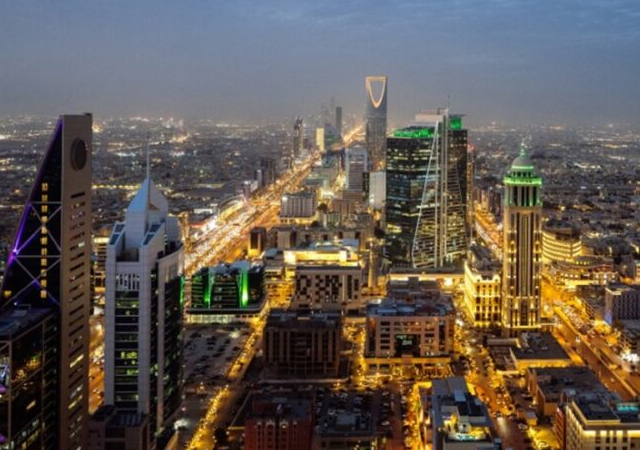
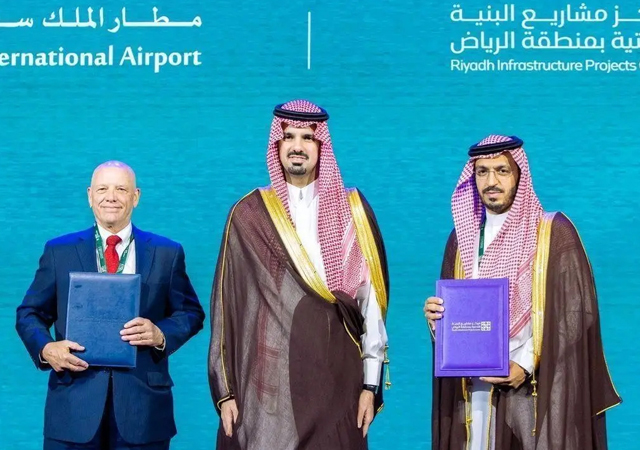

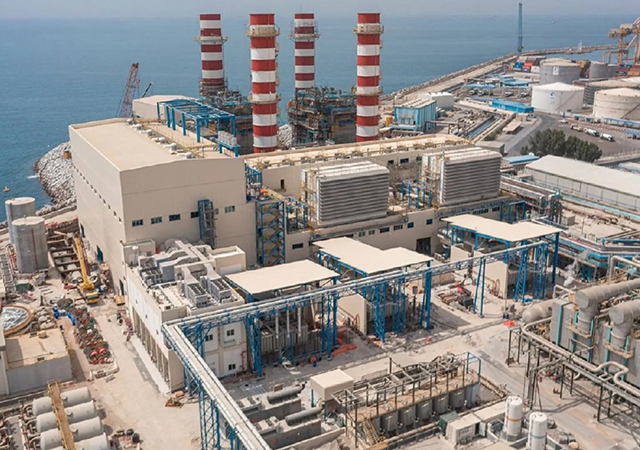
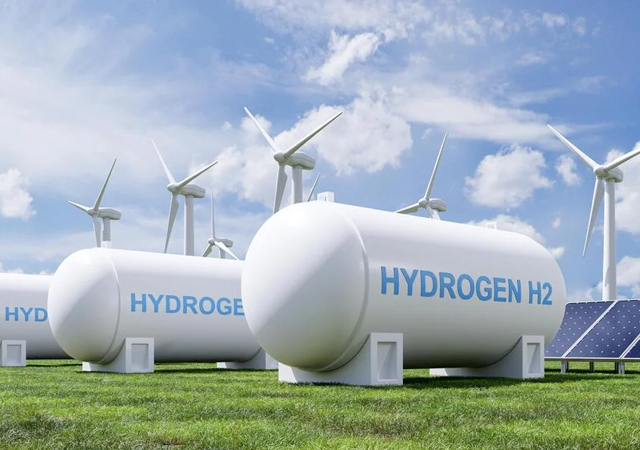

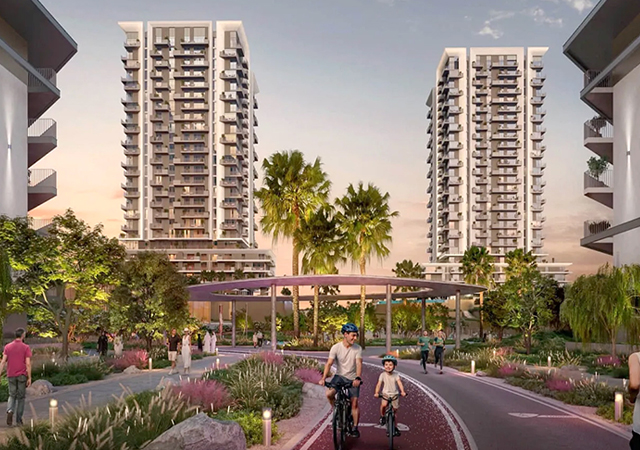
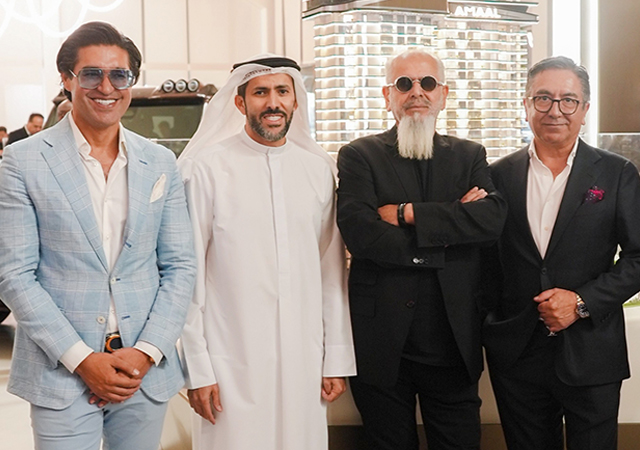
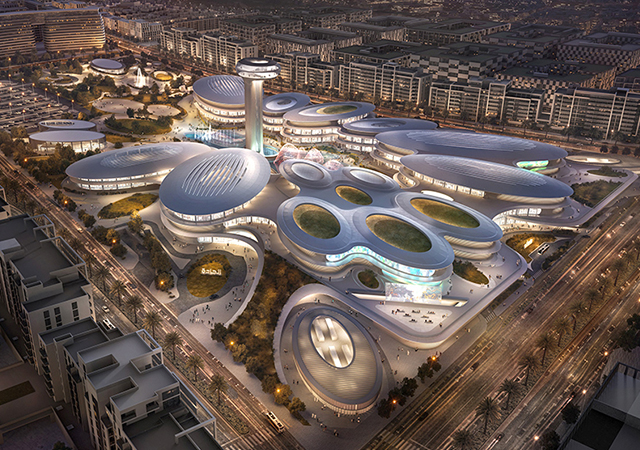
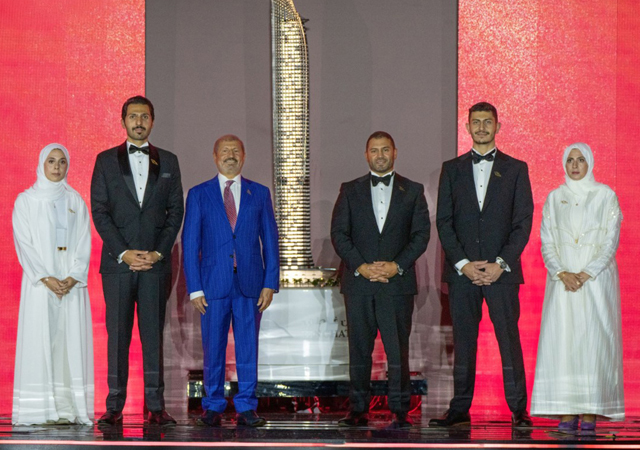
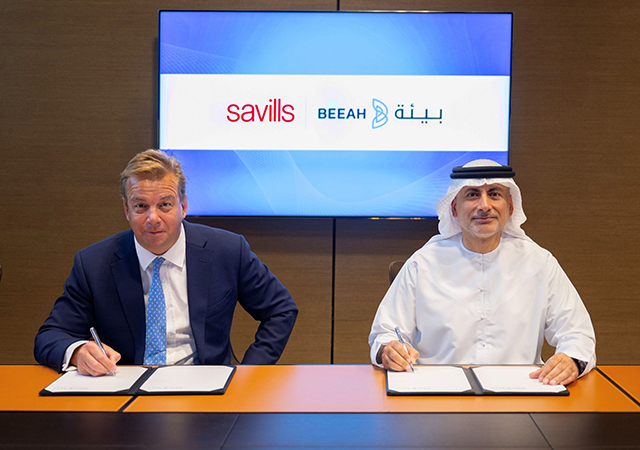



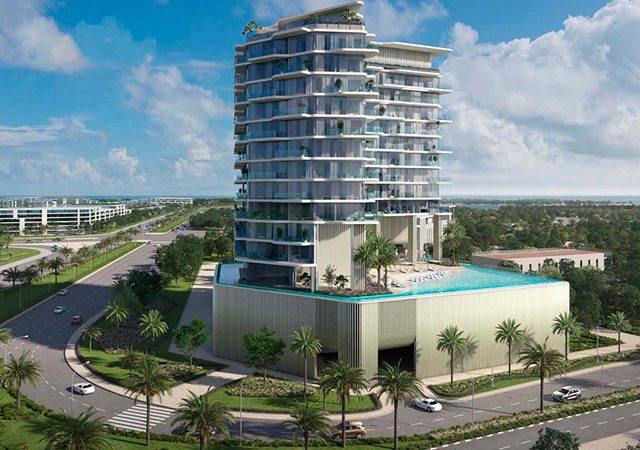
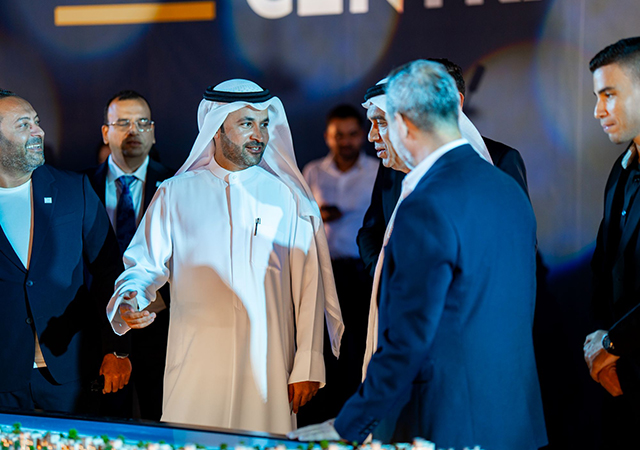

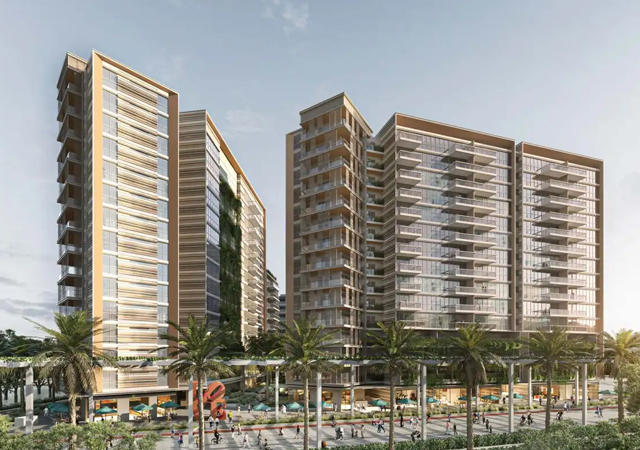
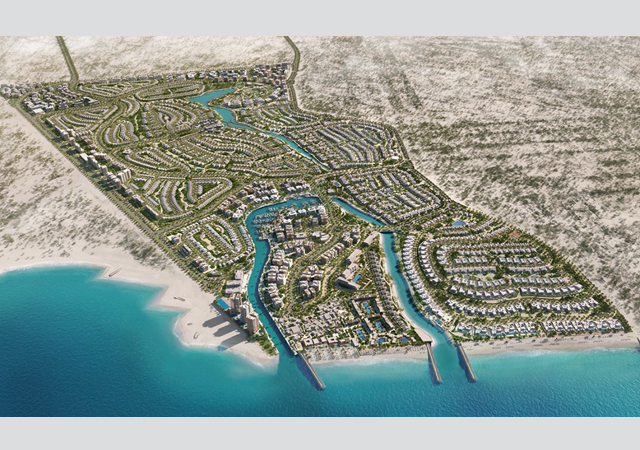
.jpg)
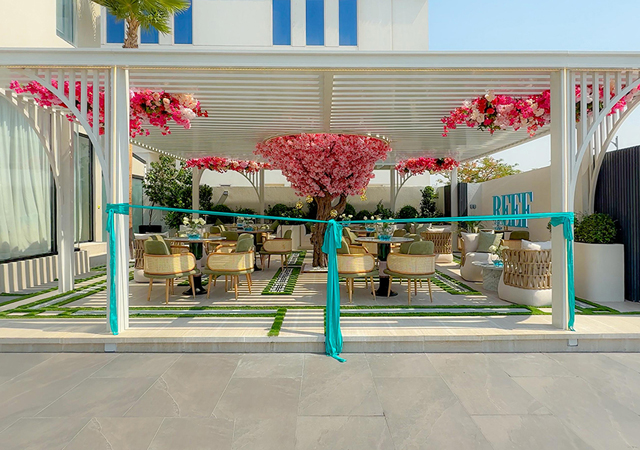
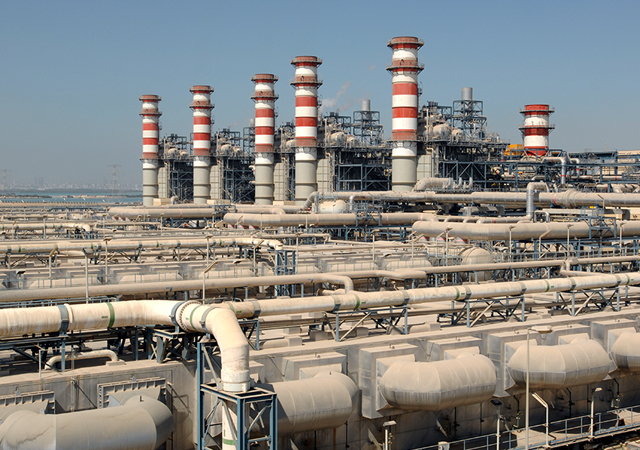
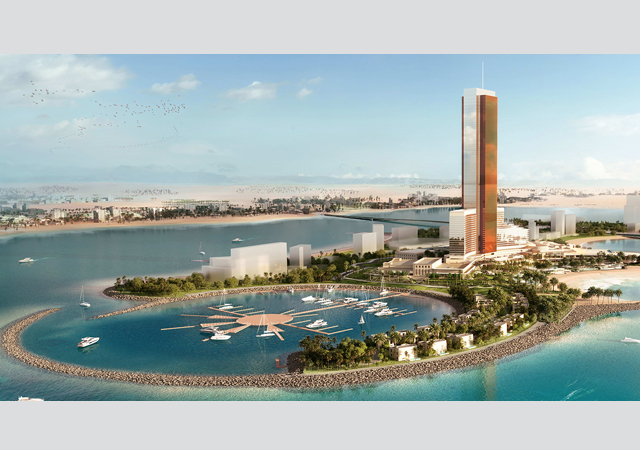

.jpg)
